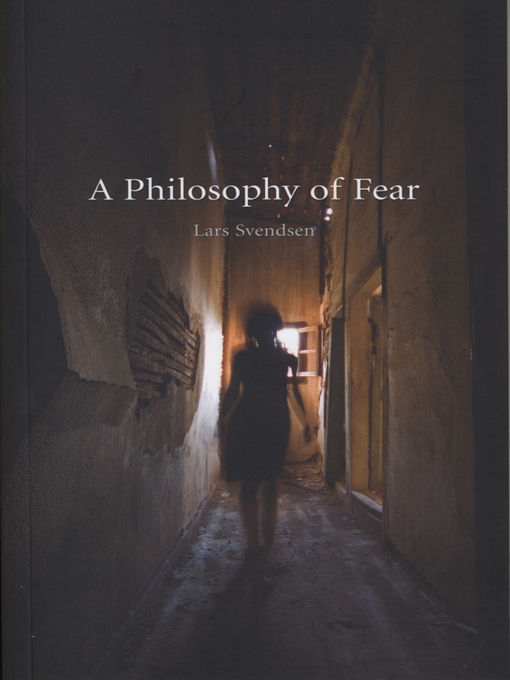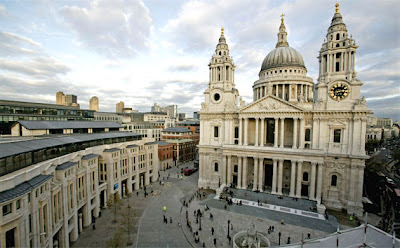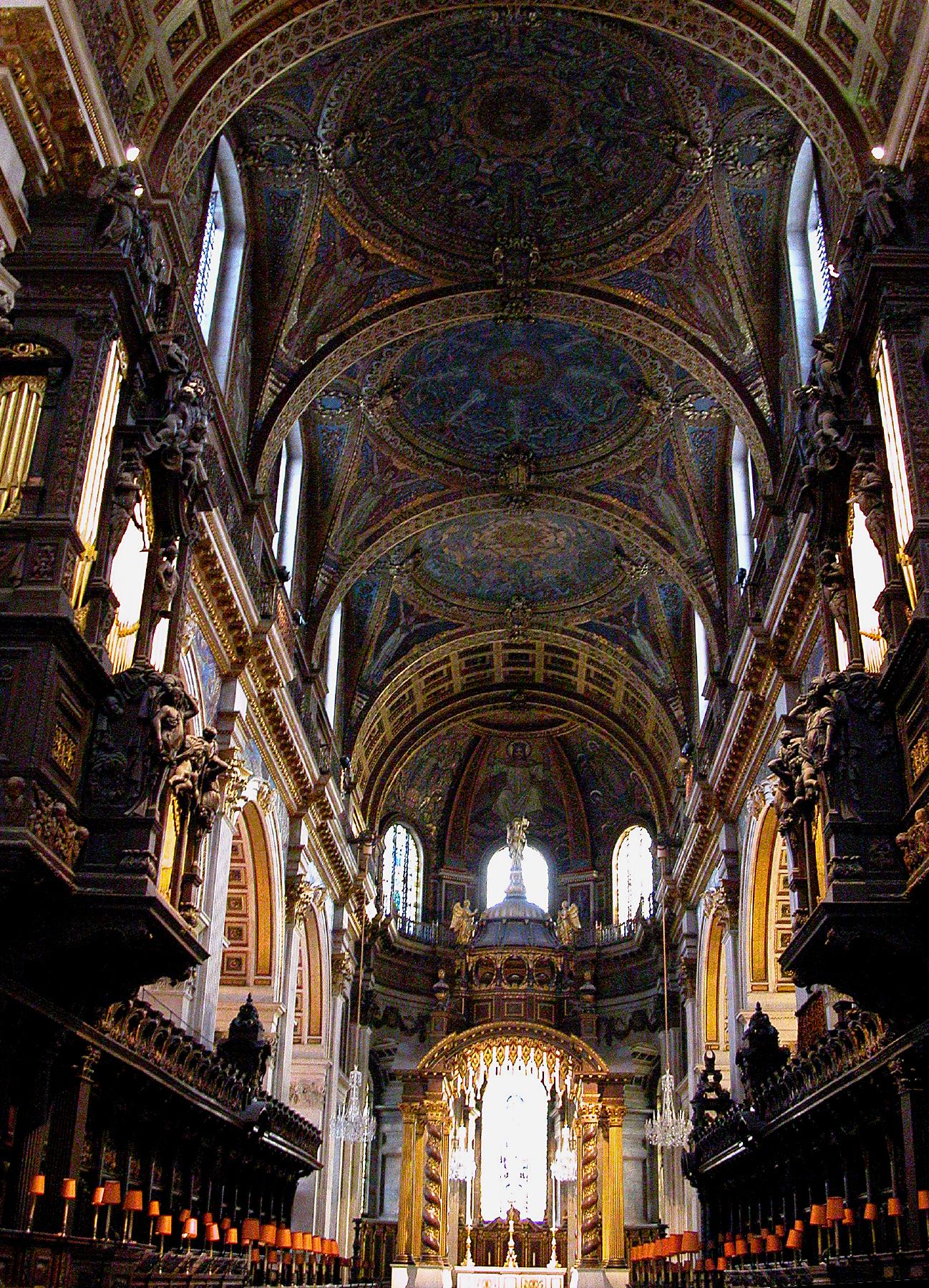In the vast subject of fear, there is an area where its not a fear that you have but one that's been devised for you. In this case it is my parents who fear that flowing water is dangerous for me, to the extent that they fear for my life. Being a person who's surrounded by his own anxieties this seems to me as an unimportant matter. However, with the long story behind this case I am interested in analysing a particular site in mind.
Greenwich Foot Tunnel:
The tunnel has been in the news for while regarding "where the taxpayers money is being spent", "why has it been shut for so long" etc. but what I'm most interested in is this spooky article on the net i found.
http://www.independent.co.uk/news/uk/home-news/londons-greenwich-foot-tunnel-closed-after-reports-of-unusual-smell-8080979.html
Greenwich Foot Tunnel:
The tunnel has been in the news for while regarding "where the taxpayers money is being spent", "why has it been shut for so long" etc. but what I'm most interested in is this spooky article on the net i found.
http://www.independent.co.uk/news/uk/home-news/londons-greenwich-foot-tunnel-closed-after-reports-of-unusual-smell-8080979.html
The Greenwhich foot tunnel is a pedestrian tunnel crossing beneath the River Thames in East London, linking Greenwich in the south with the Isle of Dogs to the north. The tunnel is currently open while refurbishment works contimue on the entrance shafts and domes. The works were due to be completed by june 2011, but delays mean that they are now scheduled to be complete sometime in 2012.
Ref: Wikipedia




.jpg)
,_1998.jpg)





